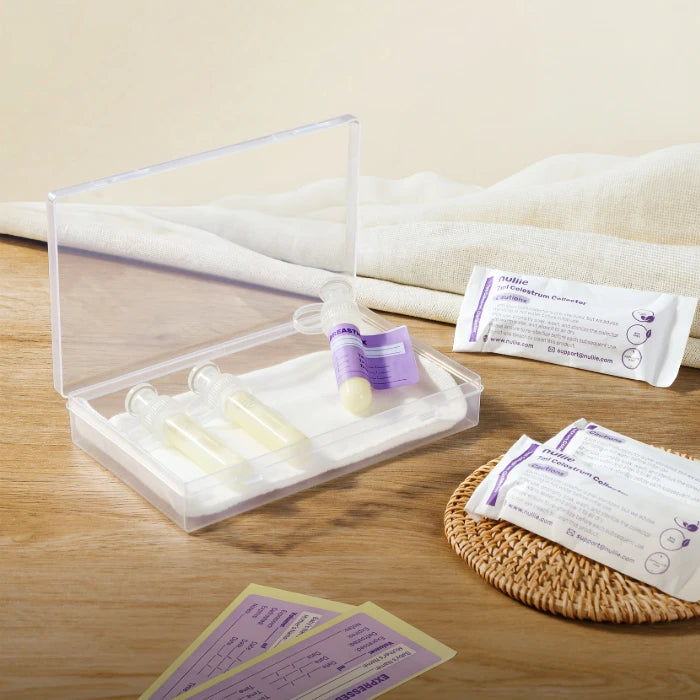Breastfeeding is a deeply bonding experience that blends instinct with learned techniques. In this guide, we'll explore effective postures, common pitfalls, and supportive tools to enhance comfort and nourishment for both mother and child.
The Importance of Comfort: Finding the Right Position
Breastfeeding is natural, but it takes more than instinct. Proper posture is key to nursing success. It affects latch quality, milk flow, and comfort. Below, we dive into the essentials of posture and how to improve each part for a better experience.

- Understanding Optimal Breastfeeding Posture
Comfortable posture doesn’t just reduce physical strain—it helps milk flow and makes breastfeeding more effective. Here are the core elements to focus on:
- Stable Back Support: Long feeding sessions without good back support can lead to pain and posture problems. Use a chair with strong support or a cushion behind your lower back. This helps you sit upright and stay relaxed.
- Relaxed Shoulders and Arms: Tense arms and shoulders can stress both you and your baby. Keep shoulders relaxed. Use pillows or nursing cushions to support your arms and prevent fatigue.
- Correct Baby Alignment: Your baby should be brought to your breast—not the other way around. Avoid leaning forward. This alignment helps with a proper latch and prevents shoulder and neck pain.
- The Impact of Discomfort on Breastfeeding Dynamics
Discomfort isn’t just a nuisance. It directly affects how well breastfeeding goes. Studies show that pain in mothers can make babies fussy and worsen latching. A relaxed, supported posture helps both your comfort and your baby’s feeding.
- 3 Popular Breastfeeding Positions to Try
Every mom and baby pair is different. Test out these common positions to find your best fit:
- The Cradle Hold: A classic position where your baby lies across your stomach, supported by the arm on the same side as the nursing breast. Easy to adjust and comfortable.
- Laid-Back Nursing (Biological Nurturing): Recline slightly and place your baby on top of you. Gravity helps with natural latching. This is ideal for newborns or moms healing from birth.
-
Side-Lying Position:
Perfect for night feeds or c-section recovery. Lie on your side with your baby facing you. It reduces abdominal pressure and allows rest during nursing.
These breastfeeding positions promote better latching and improve nursing comfort.
Common Posture Mistakes and How to Fix Them
Many new moms make posture mistakes that lead to pain or ineffective feeding. Let’s explore a few and how to fix them.
- Mistake: Leaning Forward
Leaning toward your baby can cause neck and back pain. Instead, bring your baby up to your breast using pillows or a nursing cushion.
- Mistake: Unsupported Arms
Holding your baby without arm support causes muscle fatigue. Use a nursing pillow or cushions under your elbows for comfort.
- Mistake: Poor Baby Alignment
If your baby’s body and head are not aligned, feeding can become difficult. Make sure your baby’s spine and neck are straight for a better latch and smoother swallowing.
These small changes can improve both your posture and your baby’s feeding success.
How to Avoid Strain During Long Breastfeeding Sessions
Newborns often feed for 20 to 45 minutes per session. Without support, this can lead to pain. Here’s how to prevent strain:
- Support Your Back and Neck
Avoid sitting on the edge of a bed or chair. Use a supportive seat and place a pillow behind your lower back to maintain good posture.
- Support Your Arms and Shoulders
Avoid “nursemaid’s arm” by using a pillow or rolled towel. This helps elevate your baby and keeps your arms in a comfortable position.
- Ensure Leg and Foot Comfort
Use a footstool or flat surface for your feet. Dangling legs can strain your hips and back. A footrest keeps your posture aligned and balanced.
- Stay Hydrated
Breastfeeding can dehydrate you. Keep water close during feeds. Hydration supports milk supply and your energy levels.
These strategies will help you stay comfortable during long feeding sessions.
Supportive Tools That Improve Breastfeeding Comfort
The right tools can make breastfeeding easier and more enjoyable. Here are some helpful items recommended by Nuliie:
- Enhanced Support with Nursing Pillows
These reduce pressure on your back and arms. They also raise your baby to breast level, making it easier to maintain good posture.
- Hygiene and Comfort with Disposable Nursing Pads
Leaks are common early on. Nuliie’s nursing pads offer instant absorption and moisture lock-in. They’re soft, ultra-thin, and stay in place with double adhesive strips.
- Efficient Milk Collection with Passive Breast Milk Collectors
Leaking from the opposite breast? Collect excess milk with a passive breast milk catcher. These hands-free tools are discreet, lightweight, and easy to use on the go.
- Colostrum Collection Made Easy
Collecting colostrum is important in the first days. Nuliie’s colostrum collector kit makes it easy to collect, store, and feed colostrum—all with one device.
Breastfeeding combines technique, posture, and care. With the right tools and a few posture adjustments, nursing can be a comfortable, bonding time for both you and your baby. Don’t hesitate to experiment with different positions and supports. Your ideal routine is just a few tweaks away.





Leave a comment
This site is protected by hCaptcha and the hCaptcha Privacy Policy and Terms of Service apply.